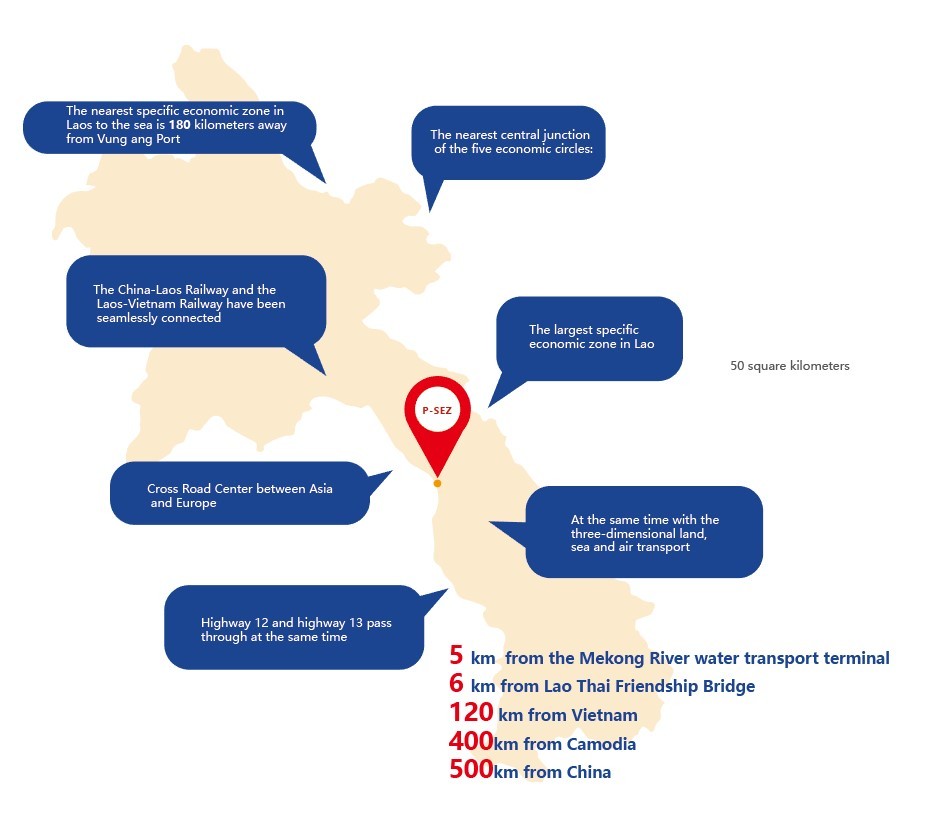Discover the Ultimate SHRM Travel Policy: Your Guide to Seamless Business Travel
Guide or Summary:Understanding the SHRM Travel PolicyBenefits of Implementing a SHRM Travel PolicyKey Components of a SHRM Travel PolicyBest Practices for I……
Guide or Summary:
- Understanding the SHRM Travel Policy
- Benefits of Implementing a SHRM Travel Policy
- Key Components of a SHRM Travel Policy
- Best Practices for Implementing a SHRM Travel Policy
In today's fast-paced corporate world, efficient travel management is essential for organizations aiming to maximize productivity and minimize costs. The SHRM Travel Policy serves as a vital framework for companies to streamline their travel processes, ensuring that employees can focus on their work while traveling. This comprehensive guide will delve into the key components of the SHRM Travel Policy, offering insights into its benefits, best practices, and how it can transform your business travel experience.
Understanding the SHRM Travel Policy
The SHRM (Society for Human Resource Management) Travel Policy is designed to provide organizations with a structured approach to employee travel. This policy outlines the procedures for booking travel, reimbursing expenses, and ensuring compliance with legal and financial regulations. By establishing clear guidelines, the SHRM Travel Policy helps companies maintain control over travel costs while providing employees with the flexibility they need to perform their duties effectively.
Benefits of Implementing a SHRM Travel Policy
1. **Cost Management**: One of the primary advantages of a well-defined travel policy is its ability to control costs. By setting guidelines for travel expenses, companies can avoid unnecessary expenditures and optimize their travel budgets.
2. **Consistency and Fairness**: A standardized travel policy ensures that all employees are treated equally, regardless of their position within the organization. This consistency fosters a sense of fairness and transparency, which can enhance employee morale.

3. **Compliance and Risk Management**: The SHRM Travel Policy helps organizations comply with legal requirements and industry regulations. By outlining the necessary procedures, companies can mitigate risks associated with business travel, such as liability and safety concerns.
4. **Enhanced Employee Experience**: A clear travel policy can significantly improve the travel experience for employees. By providing them with guidelines on preferred vendors, booking procedures, and reimbursement processes, organizations can reduce confusion and stress related to business travel.
Key Components of a SHRM Travel Policy
1. **Travel Booking Procedures**: The policy should outline the preferred methods for booking travel, including the use of travel agencies, online booking tools, and company credit cards. Providing clear instructions helps employees navigate the booking process with ease.
2. **Expense Reimbursement Guidelines**: Employees should be informed about the types of expenses that are reimbursable, such as transportation, lodging, meals, and incidentals. Additionally, the policy should specify the documentation required for reimbursement, such as receipts and travel itineraries.

3. **Travel Safety and Security**: The SHRM Travel Policy should address safety measures and protocols for employees traveling on behalf of the company. This includes guidelines for emergency contacts, travel insurance, and health precautions.
4. **Approval Processes**: Establishing a clear approval process for travel requests is crucial. The policy should define who has the authority to approve travel and the criteria for approval, ensuring that all travel aligns with the organization's goals.
Best Practices for Implementing a SHRM Travel Policy
1. **Involve Stakeholders**: When developing or revising a travel policy, it's essential to involve key stakeholders, including HR, finance, and employees. This collaborative approach ensures that the policy meets the needs of all parties involved.
2. **Communicate Clearly**: Once the policy is finalized, communicate it effectively to all employees. This can be done through training sessions, email announcements, and easily accessible online resources.

3. **Regularly Review and Update**: The business travel landscape is constantly evolving, so it's important to regularly review and update the SHRM Travel Policy. This ensures that it remains relevant and effective in addressing the needs of the organization.
4. **Utilize Technology**: Leverage technology to streamline travel processes. Implementing travel management software can help automate booking, expense reporting, and compliance tracking, making the entire process more efficient.
In conclusion, the SHRM Travel Policy is an indispensable tool for organizations seeking to optimize their travel management practices. By implementing a clear and comprehensive travel policy, companies can enhance employee satisfaction, control costs, and ensure compliance with regulations. Embracing the SHRM Travel Policy not only simplifies business travel but also contributes to the overall success of the organization.